Bunions can be a painful nuisance, leading many women on a quest for the right footwear. Wearing stylish shoes shouldn’t come at the cost of comfort—especially for those dealing with the discomfort of bunions. In this comprehensive guide, we’ll explore effective solutions, highlight top products, and share valuable tips and experiences to help you find the perfect pair of shoes for bunions.
Understanding Bunions: What Are They and Why Do They Matter?
Bunions, medically known as hallux valgus, occur when the bone or tissue at the base of the big toe moves out of place, creating a bony bump that can be both painful and unsightly. This condition often develops over time due to factors such as genetics, foot structure, arthritis, and the type of shoes worn.
Why the Right Shoe Matters
Women with bunions need to prioritize comfort and support in their footwear. Wearing ill-fitting shoes can exacerbate the condition, leading to increased pain and complications. The right shoes can help prevent strain on the bunion, reducing discomfort throughout the day.
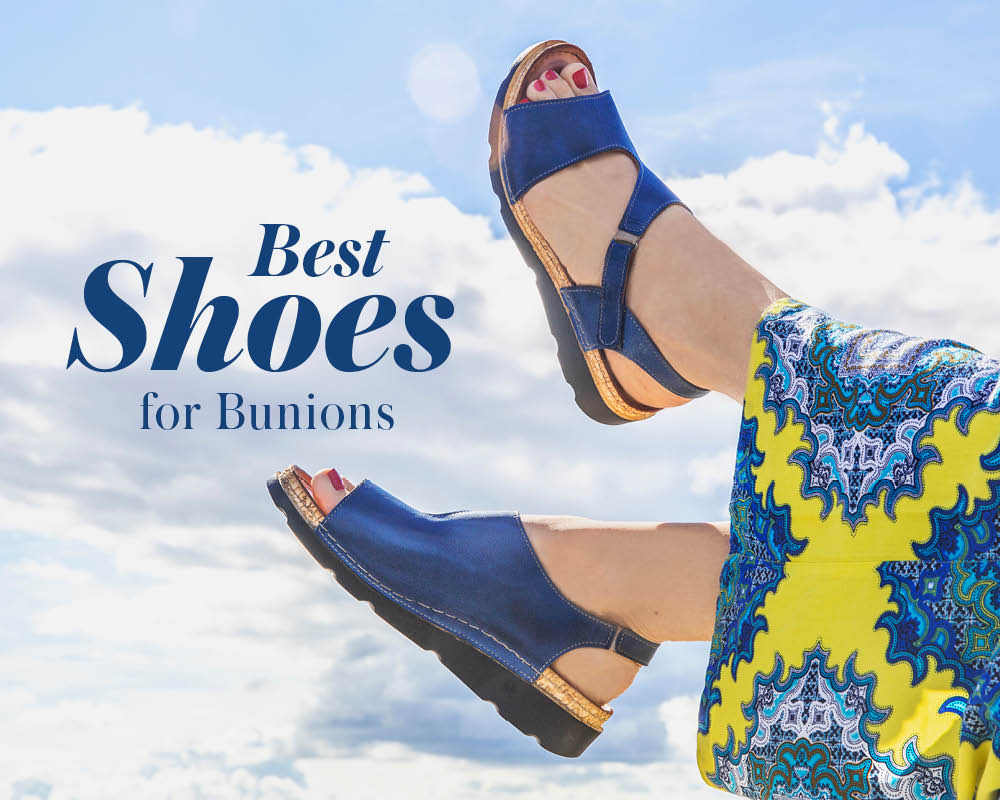
Common Symptoms of Bunions
- Pain and tenderness at the base of the big toe
- Redness and swelling around the bunion
- Difficulty finding comfortable shoes
- Restricted movement of the big toe

Signs You Need Shoes for Bunions
Recognizing when it’s time to invest in specialized footwear is essential. If you’re experiencing any of the following signs, it might be time to consider shoes designed for bunions:
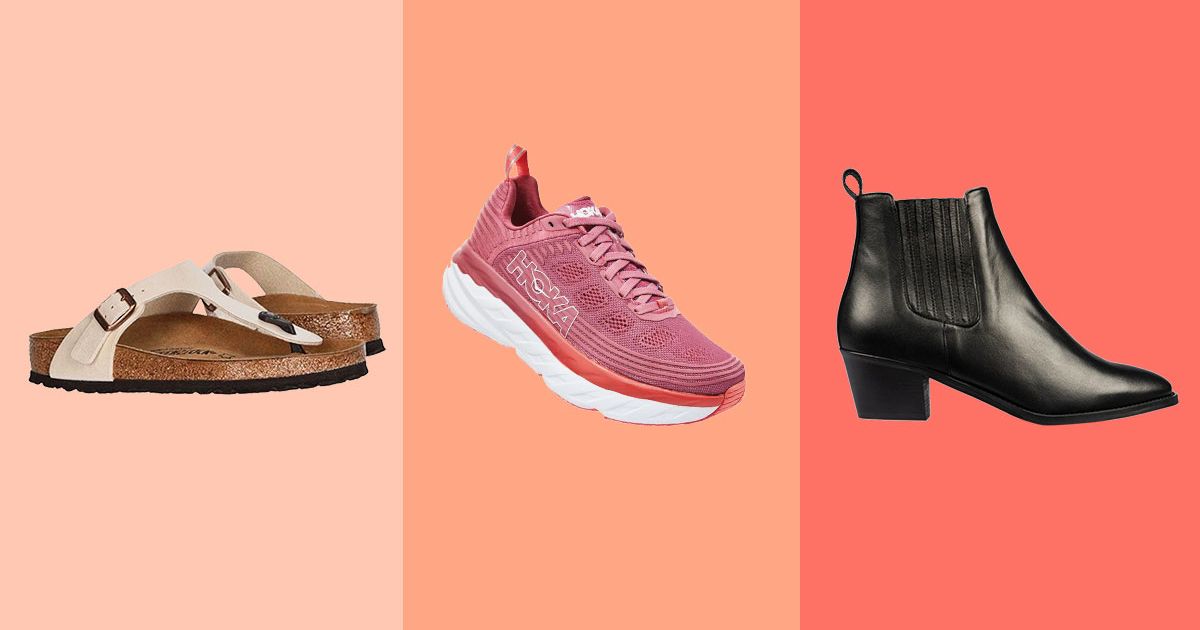
- Frequent foot pain or discomfort after wearing regular shoes
- Visible bunions or changes in foot shape
- Increased difficulty walking or standing for long periods
- Worn-out shoes with no support
Features to Look for in Shoes for Women with Bunions
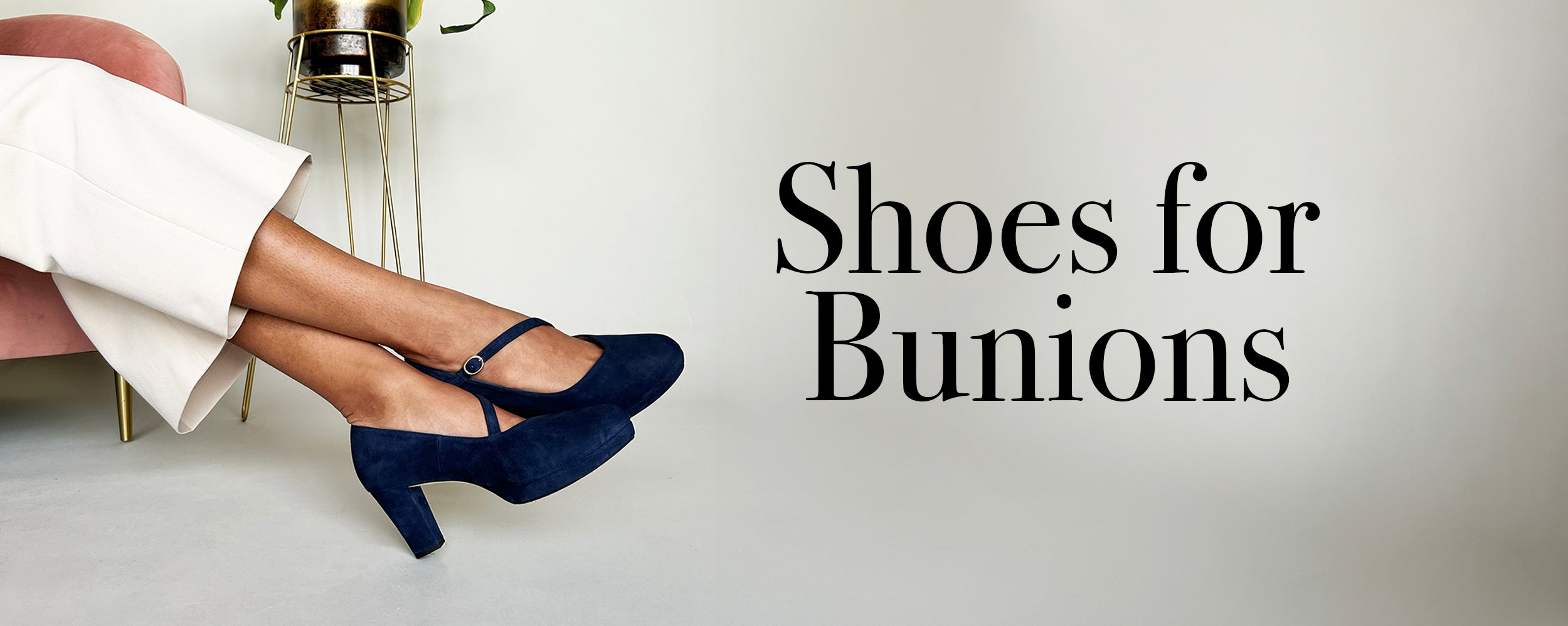
When shopping for shoes that accommodate bunions, prioritize the following features:
1. Wide Toe Box
A wide toe box allows for ample space for the toes to move without pressure on the bunion. Shoes with a rounded or square toe design are generally more accommodating.
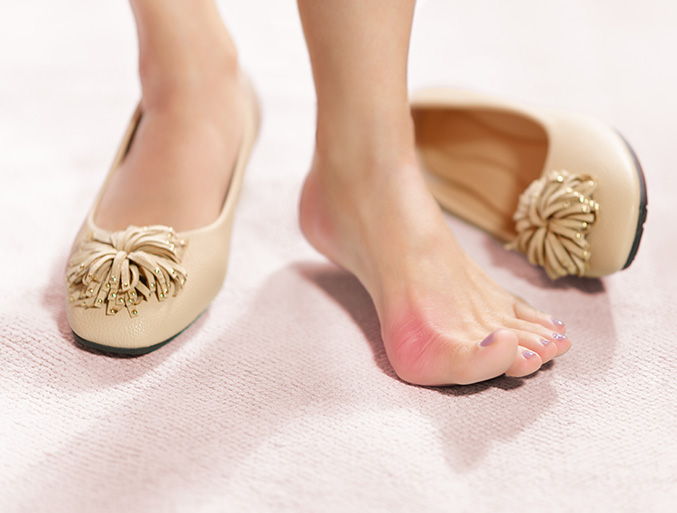
2. Soft and Flexible Materials
Opt for shoes made from soft, flexible materials that can bend and conform to the shape of your foot. Leather or synthetic materials with a bit of stretch can be ideal.
3. Arch Support
Good arch support helps distribute weight evenly and can alleviate pain associated with bunions. Shoes with built-in arch support or removable insoles can provide additional comfort.

4. Cushioned Footbed
A cushioned footbed absorbs shock and provides comfort during prolonged wear, making it essential for those with bunions.
5. Adjustable Features
Look for shoes with adjustable straps, laces, or buckles. These features allow for a custom fit, accommodating any swelling or discomfort.
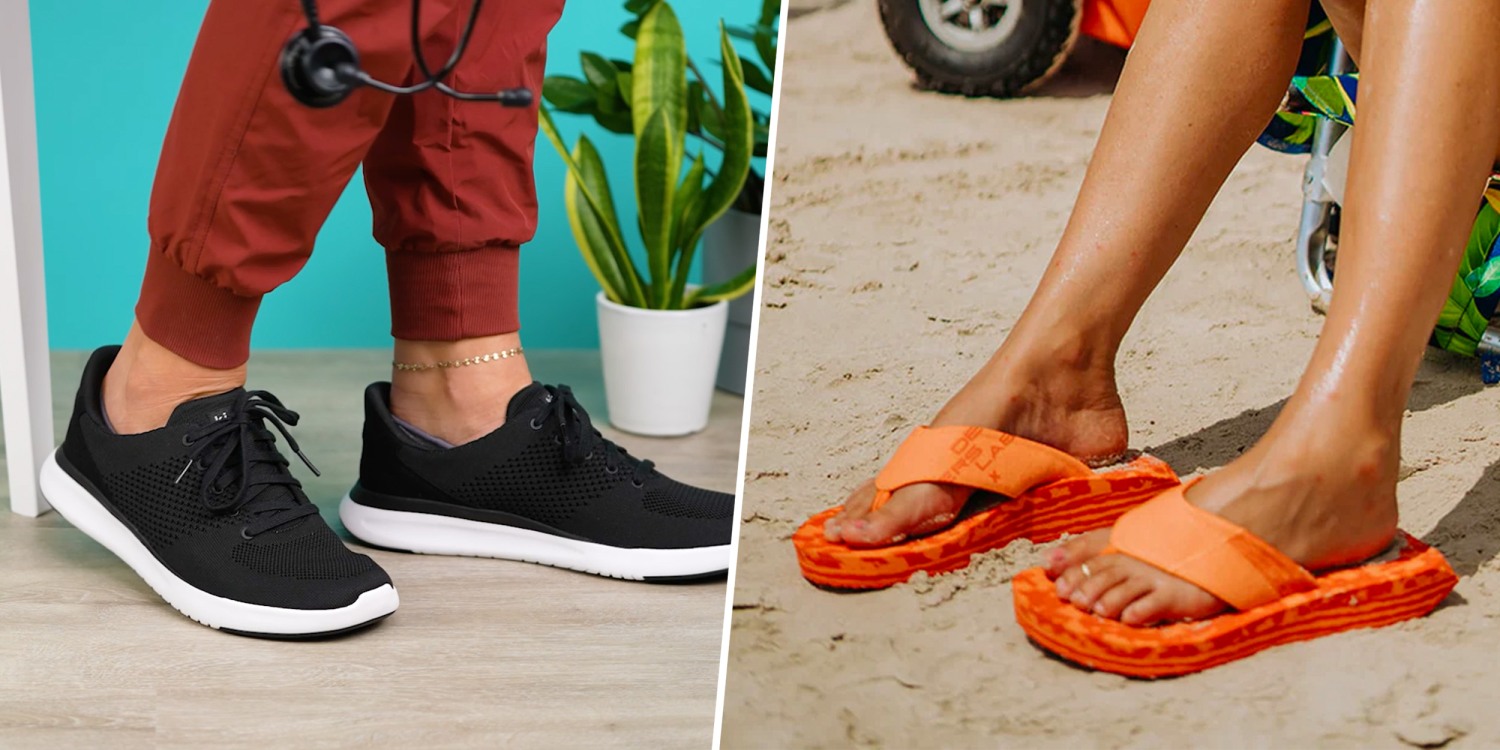
Real-World Footwear Experiences
To provide a better understanding of how these shoes perform in everyday life, let’s explore some real-world experiences from women who have struggled with bunions.
Case Study: Sarah’s Journey to Comfort
Sarah, a 32-year-old marketing executive, has struggled with bunions since her late 20s. Initially, she overlooked the need for specialized footwear, opting for fashionable shoes that only worsened her discomfort.
- Initial Experience: Painful days in heels and narrow shoes led to swelling and increased pain.
- Turning Point: After consulting with a podiatrist, she learned the importance of investing in proper footwear.
- Current Solution: She now wears shoes from brands known for their comfort and support, including New Balance and Vionic.
Sarah’s experience illustrates the importance of finding the right shoes tailored to bunions, emphasizing how comfort can lead to improved daily functionality.
Top Shoe Recommendations for Women with Bunions
Based on extensive research and user feedback, here are some of the top footwear options for women with bunions:
1. New Balance 928v3
The New Balance 928v3 offers unparalleled support, featuring a wide toe box and ample cushioning. This shoe is perfect for those who spend long hours on their feet, with its motion control technology that stabilizes the foot.
- Pros: Excellent arch support, comfortable cushioning, stylish design.
- Cons: A bit on the pricier side.
2. Vionic Tide II Sandals
For warmer weather, the Vionic Tide II Sandals provide excellent arch support and a toe-post design that accommodates bunions while being stylish.
- Pros: Adjustable strap, comfort footbed, chic style.
- Cons: Limited color options.
3. Clarks Women’s CloudSteppers
These lightweight shoes offer a cushioned footbed and a relaxed fit, ideal for everyday wear while keeping bunion discomfort at bay.
- Pros: Great for casual outings, breathable materials.
- Cons: Limited arch support for some users.
4. Brooks Adrenaline GTS 21
Known for its supportive features, the Brooks Adrenaline GTS 21 also offers a spacious toe box—perfect for those looking for running shoes that won’t add discomfort.
- Pros: Durable, excellent cushioning, ideal for running.
- Cons: May require a break-in period.
5. Merrell Moab 2 Ventilator
If you’re an outdoor enthusiast, the Merrell Moab 2 is a hiking shoe featuring a breathable mesh upper and a wide toe box, making it an excellent choice for tackling trails without sacrificing comfort.
- Pros: Perfect for hiking, ample grip, waterproof options available.
- Cons: Heavier than average hiking shoes.
Comparison Table of Recommended Shoes for Bunions
| Brand/Model | Type | Pros | Cons |
|---|---|---|---|
| New Balance 928v3 | Walking Shoe | Excellent arch support, stylish design | Higher price point |
| Vionic Tide II | Sandal | Adjustable, chic | Limited colors |
| Clarks CloudSteppers | Casual Shoe | Lightweight, breathable | Limited arch support |
| Brooks Adrenaline GTS 21 | Running Shoe | Durable, great cushioning | Break-in required |
| Merrell Moab 2 | Hiking Shoe | Outdoor-ready, waterproof options | Heavier than average |
Tips for Choosing Shoes for Bunions
Selecting the right shoes can significantly improve your comfort levels when dealing with bunions. Here are some actionable tips to help you make informed choices:
1. Try Before You Buy
Always try on shoes before purchasing them. Walk around the store to assess comfort level, paying special attention to the toe box and overall fit.
2. Choose Shoes Late in the Day
Your feet swell throughout the day, so try on shoes later in the day to ensure they accommodate any swelling.
3. Use Orthotic Inserts if Necessary
If off-the-shelf shoes don’t provide enough support, consider using custom orthotics designed to alleviate pressure on the bunion.
4. Avoid High Heels
High heels can cause significant pressure on bunions. Opt for styles that provide support and stability.
5. Read Reviews and Testimonials
Look for reviews from other women with bunions before making a purchase. Real-world experiences can provide insight into the shoe’s performance.
Frequently Asked Questions (FAQs)
1. What types of shoes should I avoid if I have bunions?
Avoid narrow shoes, high heels, and any footwear that lacks cushioning or support to minimize pressure on your bunions.
2. Are there any exercises that can help reduce bunion pain?
Yes, exercises such as toe stretches and foot massages can help alleviate discomfort. Consult a podiatrist for tailored recommendations.
3. Can bunions be treated without surgery?
Many non-surgical options exist, such as wearing proper footwear, arch supports, and physical therapy. Surgery is considered when conservative methods fail.
4. How can I prevent bunions from worsening?
Invest in supportive footwear, avoid tight shoes, and maintain a healthy weight to reduce pressure on your feet.
5. Can custom orthotics help with bunions?
Yes, custom orthotics can provide targeted support and alleviate pressure on the bunion, thus improving comfort.
6. Are there any specific brands known for shoes for bunions?
Brands like New Balance, Vionic, Clarks, Brooks, and Merrell are recognized for offering shoes with features beneficial for those with bunions.
7. What materials should I look for in shoes for bunions?
Look for soft, flexible materials such as leather or breathable mesh that accommodate foot movement without causing friction.
8. Is it common for bunions to lead to other foot problems?
Yes, bunions can lead to other issues, such as hammertoes and arthritis, due to altered foot mechanics and pressure points.
9. Can I wear sandals with bunions?
Yes, opt for sandals that have a wide toe box and good arch support, like the Vionic Tide II, designed to accommodate bunions.
10. How often should I replace shoes if I have bunions?
It’s recommended to replace shoes every 6-12 months, depending on wear and tear, to ensure support and comfort remain adequate.
Conclusion: Step Comfortably in Style
Choosing the right footwear when you have bunions doesn’t have to be a daunting task. With the right knowledge, you can find comfortable shoes that cater to your specific needs without sacrificing style. From exploring the right features to considering proven products, this guide equips you with the tools to make informed decisions that prioritize your foot health. Say goodbye to discomfort and hello to stylish, supportive footwear that fits your lifestyle!